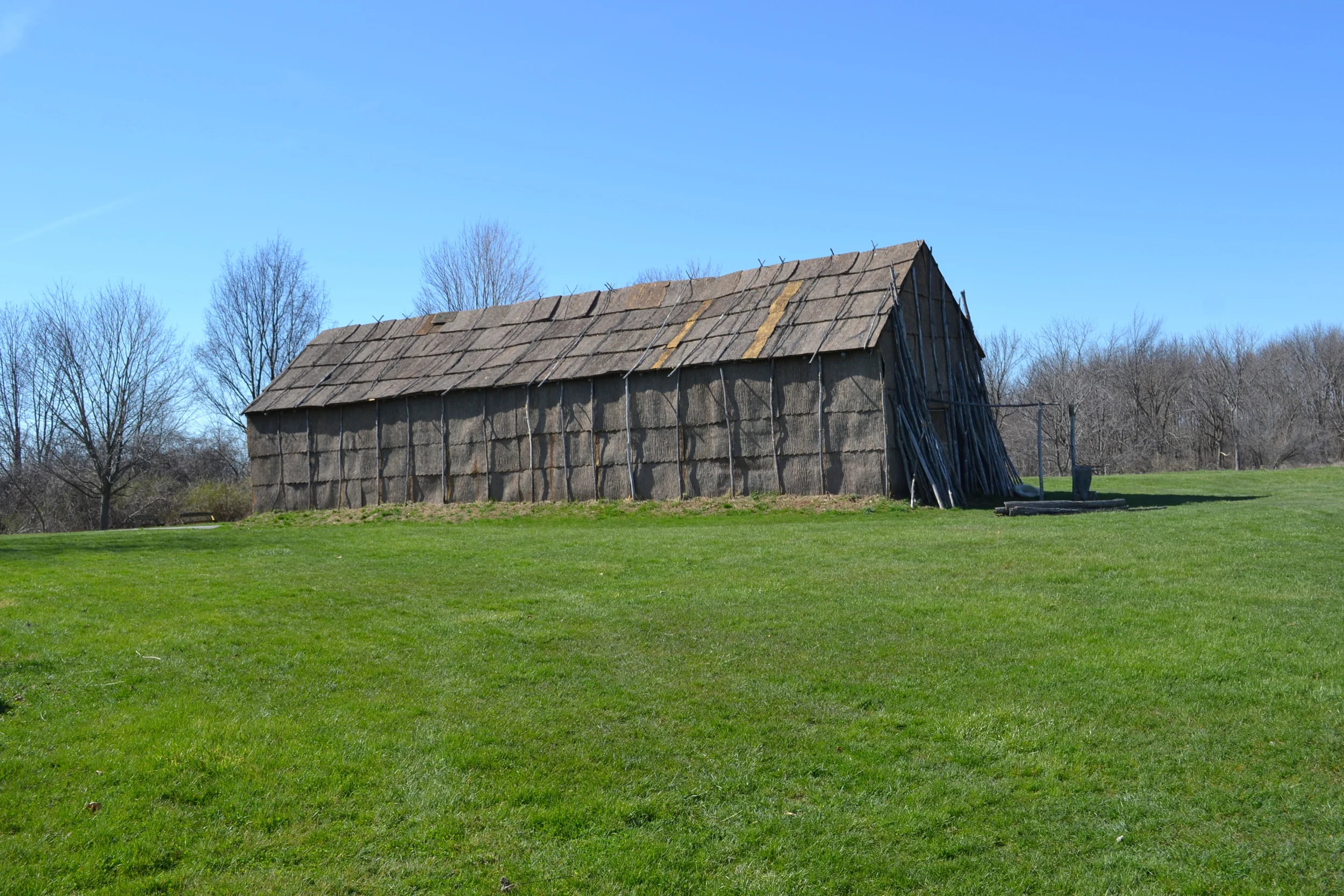Robert E. Funk in the field, Upper Susquehanna Valley, New York
Photo courtesy of the New York State Museum
The Robert E. Funk Memorial Archaeology Foundation, Inc. is now accepting proposals for grants for research in New York State archaeology. Grant applications must be received by May 7, 2018. The grant applications will be reviewed by the Funk Foundation Board of Directors in a competitive process with award decisions made by June 22, 2018. Further information including the grant application forms can be found on the Funk Foundation website at www.funkfoundation.org. If you have any questions, please email Funk Foundation Board President Ed Curtin at ed@curtinarchaeology.com, or call Ed at (518) 928-8813.
The 2018 grants are for amounts in the range of $1,000.00-$2,500.00. They are ideal to assist parts of stand-alone research projects or studies that are parts of larger projects. For example, Funk Foundation grants have been made to support a range of services such as faunal analysis, radiocrabon dating, petrographic slides, lithic analysis, and remote sensing. Funk Foundation grants do not support fieldwork other than technical applications such as remote sensing.




